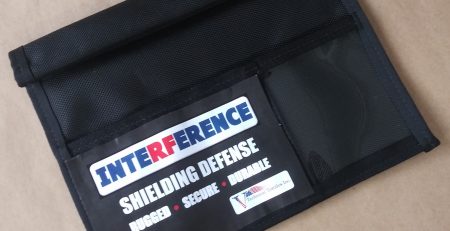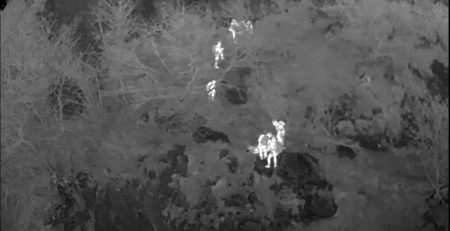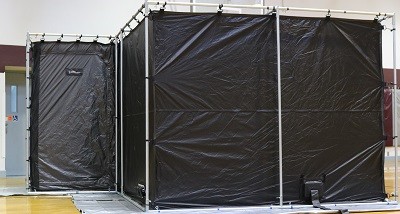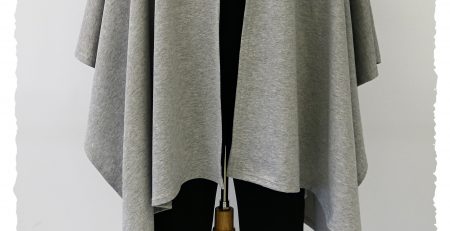Conductive Thread is used as Wiring in E-Textile Projects-Try it and See!
Conductive thread is used as wiring in e-textile projects, try it and see! There are several types of conductive threads available:
- Silver Coated Yarns/Threads- These are nylon sewing threads that have been plated with 99% pure silver. It can be sewn by hand or used as both top and bobbin thread in sewing machines. Please note that these conductive yarns are NOT FOR SOLDERED CONNECTIONS TO YOUR COMPONENT, as the nylon interior of the yarn/thread can not tolerate the heat required to melt solder. This is not usually a problem as most components can have the metal to metal contact made with the conductive thread passed through the connector and tied off to give adequate contact.
- Stainless Steel Threads- These are made completely of stainless steel, which makes them a little more difficult to sew with as they are very thick and can’t really be stitched. They usually require casings, piping, or stitching down with a zig-zag stitch to hold them in place. SOLDERING IS A PROBLEM with Stainless steel thread, as it Stainless Steel is not easy to solder to.
Conductive thread is used as wiring in e-textile projects. It is important to know that there is absolutely no insulation on the plated nylon yarns and threads. This means that if two threads carrying individual signals touch each other in you circuit, they will conduct between each other, creating a short circuit. A short circuit will prevent your circuit from working, but it can also be dangerous as it can cause your power source to release energy suddenly, causing heat, sparks, and scorching of material. If it is necessary in your circuit design that the for the circuits to “cross paths” with each other, an insulating layer must be added to prevent the short circuit.
Connection of the circuit is very important. The conductive thread must have adequate contact with the power source/battery and the active device contacts to ensure adequate current. Make sure that the thread wraps around the metal contacts at least three times to make for good connection between power source and device.
If you are interested in working with e-textiles or using conductive yarns and thread in hobby applications, a great place to start is our website, with an informational page on Shieldex® Conductive Yarns, Threads, and Fibers. A nice starting point for using these threads is a hobby cone ( 100 Meters) of conductive sewing thread available from our online store. Another great source for the hobbyist for supplies, information, and instructive classes is SparkFun! Enjoy exploring your creativity with e-textiles!
V Technical Textiles, Inc.
www.vtechtextiles.com
info@vtechtextiles.com
(315)-597-1674 Phone
(315)-597-6687 FAX
















Leave a Reply